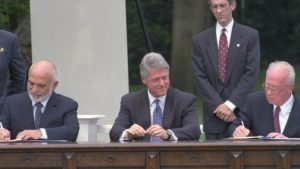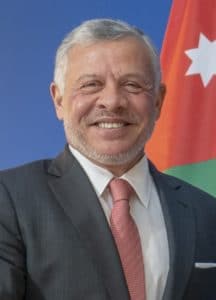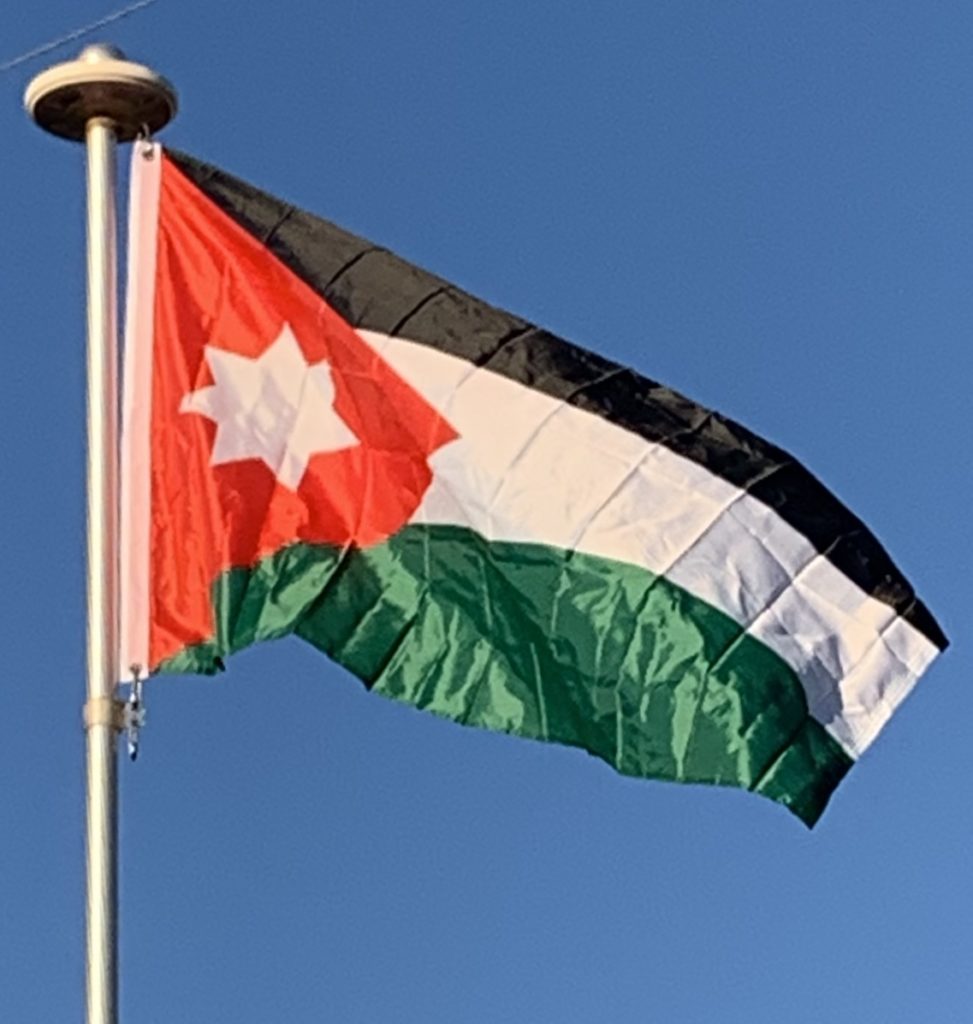At the 1991 Madrid Conference, Jordan agreed to negotiate a peace treaty sponsored by the US and the Soviet Union. The Israel-Jordan Treaty of Peace was signed on 26 October 1994. In 1997, in retribution for a bombing, Israeli agents entered Jordan using Canadian passports and poisoned Khaled Meshal, a senior Hamas leader living in Jordan. Bowing to intense international pressure, Israel provided an antidote to the poison and released dozens of political prisoners, including Sheikh Ahmed Yassin, after King Hussein threatened to annul the peace treaty.

On 7 February 1999, Abdullah II ascended the throne upon the death of his father Hussein, who had ruled for nearly 50 years. Abdullah embarked on economic liberalisation when he assumed the throne, and his reforms led to an economic boom which continued until 2008. Abdullah II has been credited with increasing foreign investment, improving public-private partnerships and providing the foundation for Aqaba’s free-trade zone and Jordan’s flourishing information and communication technology (ICT) sector. He also set up five other special economic zones. However, during the following years Jordan’s economy experienced hardship as it dealt with the effects of the Great Recession and spillover from the Arab Spring.
Al-Qaeda under Abu Musab al-Zarqawi’s leadership launched coordinated explosions in three hotel lobbies in Amman on 9 November 2005, resulting in 60 deaths and 115 injured. The bombings, which targeted civilians, caused widespread outrage among Jordanians. The attack is considered to be a rare event in the country, and Jordan’s internal security was dramatically improved afterwards. No major terrorist attacks have occurred since then. Abdullah and Jordan are viewed with contempt by Islamic extremists for the country’s peace treaty with Israel and its relationship with the West.

The Arab Spring were large-scale protests that erupted in the Arab World in 2011, demanding economic and political reforms. Many of these protests tore down regimes in some Arab nations, leading to instability that ended with violent civil wars. In Jordan, in response to domestic unrest, Abdullah replaced his prime minister and introduced a number of reforms including: reforming the Constitution, and laws governing public freedoms and elections. Proportional representation was re-introduced to the Jordanian parliament in the 2016 general election, a move which he said would eventually lead to establishing parliamentary governments. Jordan was left largely unscathed from the violence that swept the region despite an influx of 1.4 million Syrian refugees into the natural resources-lacking country and the emergence of the Islamic State of Iraq and the Levant (ISIL).
Geography:
Jordan sits strategically at the crossroads of the continents of Asia, Africa and Europe, in the Levant area of the Fertile Crescent, a cradle of civilization. It is 89,341 square kilometres (34,495 sq mi) large, and 400 kilometres (250 mi) long between its northernmost and southernmost points; Umm Qais and Aqaba respectively. The east is an arid plateau irrigated by oases and seasonal water streams. Major cities are overwhelmingly located on the north-western part of the kingdom due to its fertile soils and relatively abundant rainfall. These include Irbid, Jerash and Zarqa in the northwest, the capital Amman and Al-Salt in the central west, and Madaba, Al-Karak and Aqaba in the southwest. Major towns in the eastern part of the country are the oasis towns of Azraq and Ruwaished.
